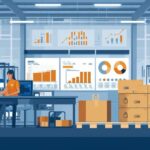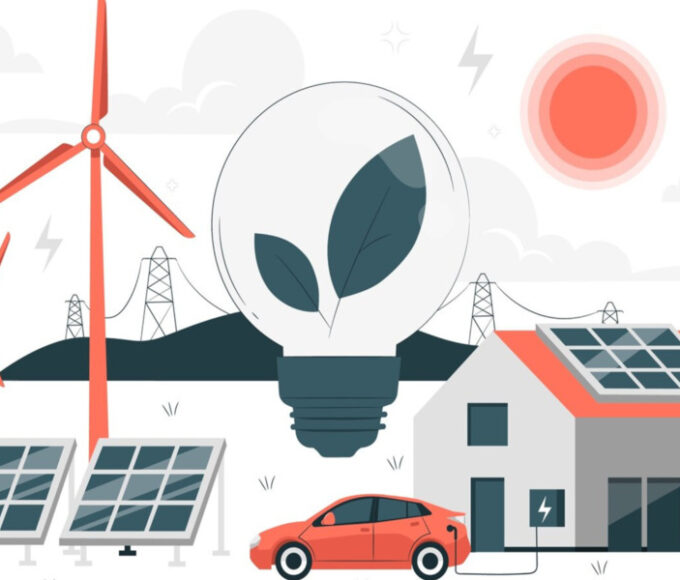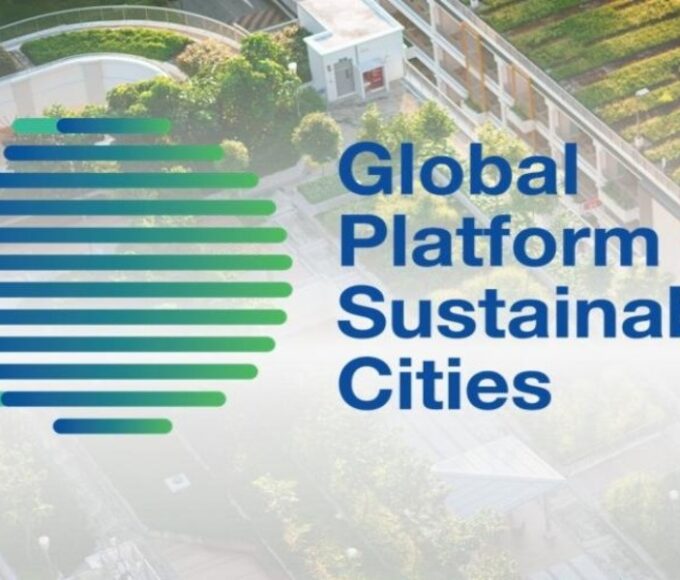Labor Shortages Amid Nearshoring Boom: A Challenge for U.S. Manufacturing

As nearshoring gains momentum, the U.S. manufacturing sector is facing an unexpected obstacle: labor shortages. Nearshoring, the strategy of relocating production closer to domestic markets, has surged in popularity as companies seek to reduce supply chain risks and capitalize on local market opportunities. However, the rapid expansion of domestic manufacturing facilities has highlighted a critical issue—finding skilled workers to meet growing demand.
The Nearshoring Surge
Nearshoring has seen a significant uptick due to several factors:
Supply Chain Disruptions: Events like the COVID-19 pandemic and geopolitical tensions have underscored the risks of relying on global supply chains.
Government Incentives: Policies promoting domestic production, such as subsidies for semiconductor manufacturing and electric vehicle (EV) battery plants, have accelerated nearshoring efforts.
Consumer Preferences: Increasing demand for “Made in USA” products is encouraging companies to localize production.
Labor Shortages: A Growing Concern
Despite the benefits of nearshoring, the lack of skilled workers poses a significant challenge:
Aging Workforce: Many skilled tradespeople are nearing retirement, leaving a gap in critical roles such as machinists, welders, and technicians.
Skills Gap: Advances in manufacturing technology, such as automation and AI, require specialized knowledge that many workers currently lack.
Geographic Disparities: Many new manufacturing facilities are located in regions with limited access to a trained workforce, further exacerbating shortages.
Strategies to Address the Shortage
To bridge the labor gap, companies and policymakers are implementing several strategies:
Apprenticeship Programs: Manufacturers are partnering with educational institutions to provide on-the-job training for young workers.
Upskilling Initiatives: Investments in training programs for existing employees help them adapt to new technologies.
Immigration Policies: Adjusting immigration policies to attract skilled workers from abroad can alleviate workforce shortages.
Automation: Leveraging robotics and AI can reduce dependency on manual labor, although this requires significant capital investment.
Global Leaders View
While the nearshoring boom presents a golden opportunity for U.S. manufacturing, labor shortages threaten to hinder its potential. By investing in workforce development, embracing technological innovation, and fostering partnerships between industries and education, the manufacturing sector can overcome these challenges and ensure sustainable growth.
Visit Latest Interviews
Recent Posts
Related Articles
Why You Should Think About Your Domain Extension Before You Think About The Name?
Think of your domain extension like a surname—it wraps up your web...
ByGlobal Leaders ViewAugust 19, 2025Germany’s ‘Energiewende’ Initiative: A Vision for a Sustainable Future
Germany’s ambitious energy transition, known as the Energiewende, aims to shift the...
ByGlobal Leaders ViewJanuary 27, 2025Global Platform on Sustainable Cities Established
In a groundbreaking move toward addressing the challenges of urbanization and climate...
ByGlobal Leaders ViewJanuary 27, 2025Singapore’s Green Urbanism Initiatives
Singapore, known for its modern skyline and bustling urban environment, is also...
ByGlobal Leaders ViewJanuary 27, 2025















Leave a comment